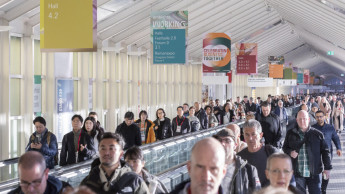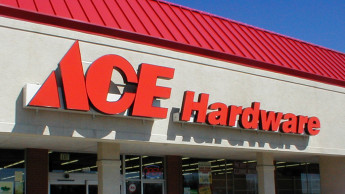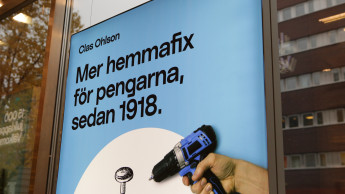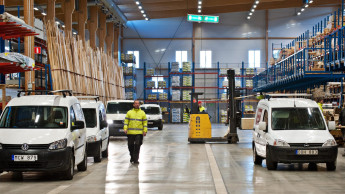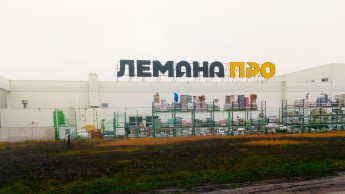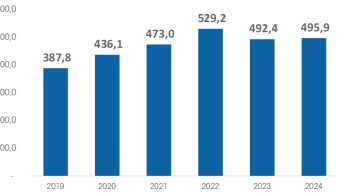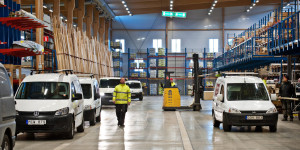The year 2005 was a great one for the Italian DIY retailers, who completed it with around 40 new outlets, following 23 new openings in the first six months and a further 15 to 20 in the second half-year
The number of stores increased by 4.8 per cent in the first six months of 2005 compared with the second half of 2004; however, by comparison with the same period last year, the total number of outlets rose by 11.6 per cent and the retail area by almost 15 per cent.
The new openings are again evenly spread between centrally run branches and franchised or cooperative stores. This confirms the positive trend that franchising and cooperative organisations are experiencing at the moment. All entrepreneurs in the sector agree that this development will last in the medium and long term as well. The reasons for this are many and various. Entrepreneurs want to increase the profit from their business; a simplification of the changeover of the generations, from fathers to sons or daughters, is desirable; the commercial pressures should not be forgotten, nor the desire to ensure independence of activity and not find yourself back in the position of an employee. As a result, the number of affiliated or franchised stores rose by 14.5 per cent on the first six months of 2004.
In spite of good progress in terms of new openings, the DIY sector too is beginning to feel the effects of the general economic crisis. According to estimates, the market in Italy will grow by 5 per cent to € 11 bn in 2005. In view of the extremely poor showing by other segments, this result is contributing to a brighter mood among manufacturers and retailers, especially against the background of the latest Istat data, which indicate a negative trend for the entire retail sector with the exception of specialists (+1.2 per cent).
Despite these momentary signs of weakness, the multiples have demonstrated their expansionist tendency in areas that are already well served, as the figures for new openings prove.
In the greater Rome area, where sales channels such as Bricofer, Obi, Brico Ok and Brico Center are strongly represented, a battle of the titans is taking place, with Castorama celebrating its second new opening there not long ago, and Leroy Merlin its third.
Where the geographic distribution of the sales channels is concerned, central Italy has stood up relatively well against the north, which is regarded as the main player, especially when one considers the “invasion” of the titans Leroy Merlin and Castorama, including the launch of a new format at Roma Tiburtina in November 2005.
The opening of Leroy Merlin’s biggest Italian outlet at Afragola in the province of Naples, together with the opening of a Castorama at Catania in Sicily, means that this “invasion” is also affecting the south.
Leroy Merlin’s average store retail area moved from 7 760 m² to 8 246 m² in the first six months of 2005 as a result of the opening of the outlet in Naples, thereby clearly outstripping Castorama with its average of 6 225 m².
Average store area (m²)(.pdf-Datei zum Herunterladen)
Geographic distribution of retail space in Italy(.pdf-Datei zum Herunterladen)
Italy's DIY retailers(.pdf-Datei zum Herunterladen)

 Menü
Menü







